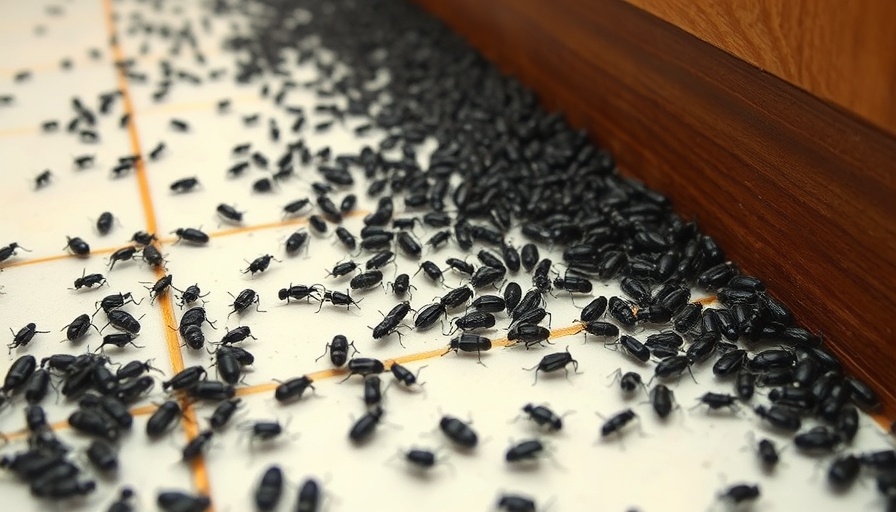
Understanding Tiny Black Bugs in Your Kitchen
As more homeowners become aware of the aesthetics and hygiene of their living spaces, tiny black bugs in the kitchen can become a source of concern and confusion. These unwelcome guests can range from harmless to harmful, but knowing more about them is the first step towards effective management. Factors such as humidity, food sources, and nesting habitats contribute to their presence.
Common Types of Tiny Black Bugs
Identifying the specific type of tiny black bug is essential in determining the best approach for extermination or management. Here are some common culprits:
- Fungus Gnats: These are common in homes with indoor plants. They breed in the damp soil and are often seen flying around plants.
- Carpet Beetles: These pests feed on organic materials like wool, fur, and even grains, and can often be found in carpets, clothing, or food.
- Ants: Certain species of ants appear black and can invade kitchens in search of food. They create trails that are easy to follow back to their nests.
How to Get Rid of Tiny Black Bugs
Once you have identified the type of bug, the next step is to deploy the appropriate strategies to eliminate them. Here are common methods:
1. Maintain Cleanliness
The most effective line of defense against any infestation is maintaining a clean kitchen. Regularly sweeping and vacuuming floors, wiping down surfaces, and not leaving food exposed can drastically reduce bug attraction. Focus on areas like behind appliances and under the sink.
2. Use Natural Remedies
Many homeowners prefer natural solutions to tackle bug problems. For instance, a solution composed of vinegar and water can be sprayed in areas where bugs are frequent. Essential oils such as eucalyptus or peppermint can also deter insects when mixed with water and sprayed around vulnerable areas.
3. Seal Potential Entry Points
Examine windows and doors for gaps or cracks where bugs might enter. Adding weather stripping or caulking cracks can greatly reduce the potential for new infestations. Screens on windows can also provide a barrier against pests.
Counterarguments: Why Bugs Might Return
Removing tiny black bugs from your kitchen is often only half the battle. Without addressing the root causes, you risk a resurgence of these pests. Factors influencing their return can include inadequate hygiene practices, poor ventilation, or external infestations that re-enter your home. Pest control experts often advise a holistic approach to eliminate not just the visible bugs but also their breeding grounds and potential attractants.
Future Concerns: Urbanization and Pest Problems
As urban living situations become more crowded, pest problems are likely to exacerbate. With more homes being built closer together in cities, bugs such as ants and roaches have more pathways to invade multiple households. Concrete jungles naturally induce higher humidity, creating ideal environments for pests like fungus gnats. Homeowners should prepare for potential increases in infestations as these urban trends continue.
Concluding Thoughts
Being informed about tiny black bugs and adopting preventive measures can greatly enhance your home environment. Remember, consistent vigilance and immediate action can save you from larger pest problems down the line. Take the time to regularly inspect your kitchen and maintain cleanliness, and make use of identified methods above to ensure a pest-free cooking space.
So, if you find those tiny black bugs in your kitchen, don't panic. Understanding the issue is half the solution. Review these guidelines, assess your situation, and keep your kitchen a safe and clean environment.
 Add Row
Add Row  Add
Add 




Write A Comment